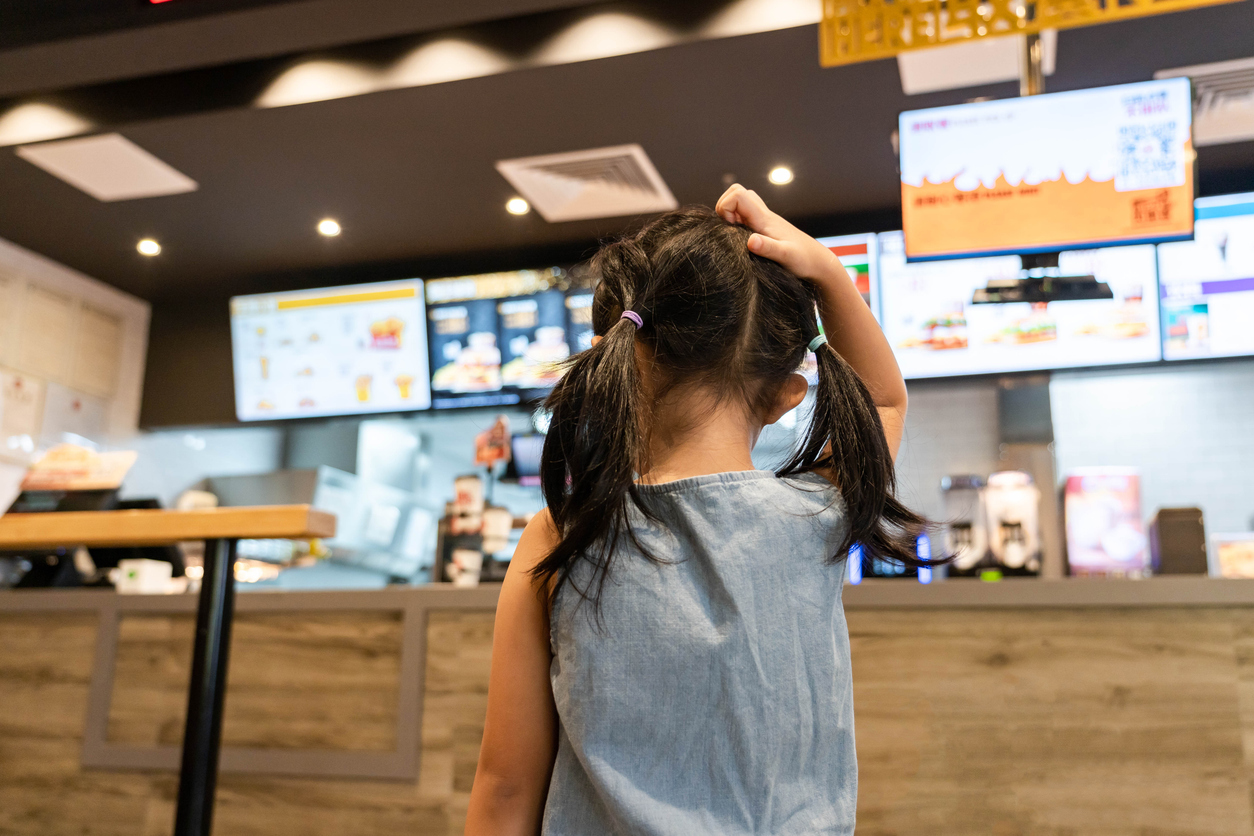Despite recent improvements, the restaurant industry is still grappling with attracting and retaining employees. While most areas have recovered, the fullservice segment has a shortfall of 250,000 employees compared to its pre-2020 levels. This has strained existing staff members, resulting in heightened levels of stress and an excessive workload. Mounting pressure has led to a notable decline in productivity and a rise in staff turnover.
Finding solutions to staffing shortages is crucial for the survival of the restaurant industry. One approach is to offer more competitive wages and benefits to attract and retain employees. Additionally, restaurants can invest in training programs to help their existing staff members develop new skills and take on more responsibilities. Another option is to leverage technology to automate certain tasks and reduce the need for human labor.
Let's explore the practical tips and insights that help restaurants address the current staffing shortages and keep their businesses thriving.
Restaurant Hiring & Retention Tips
Tips for finding and hiring new employees
- Use platforms like Facebook, Instagram, Reddit, and local WhatsApp groups to advertise job openings and connect with potential candidates.
- Many cities and regions have job boards and industry organizations. Partner with them to connect with job seekers in your area.
- Incentivize current employees to refer qualified candidates or offer sign-on bonuses to attract new hires.
- Ensure that your job postings and application process are mobile-friendly.
- Streamline your interview process. According to a survey by Glassdoor, the average interview process in the U.S. takes 23.7 days. If your hiring process takes too long it could be turning off good applicants.
Strategies for retaining current employees
- Provide opportunities for employees to learn new skills, take on new responsibilities, and advance their careers within your restaurant.
- Ensure that your wages and benefits are competitive with industry standards and that you offer perks like health insurance, paid time off, and retirement benefits.
- As a restaurant, you have the opportunity of fostering a culture of teamwork, collaboration, and positivity.
- Recognize and reward employees for their hard work and contributions through bonuses, promotions, or other incentives.
- Provide flexible scheduling options and ensure employees have time off to rest and recharge.
- Conduct exit interviews to learn what your employees like about working for your restaurant and what areas could be improved.
Investing in employee training
Employee training can have a significant impact on the success of a restaurant. Not only does it help improve employee performance and productivity, but it can also lead to increased customer satisfaction and loyalty. Additionally, investing in employee training can lead to higher employee retention rates, which can save restaurants money on recruitment and hiring costs.
Types of training to offer
There are a variety of opportunities that restaurants can offer to employees.
- Onboarding and orientation training to get new employees up to speed quickly.
- Customer service training to develop the skills to provide exceptional customer experiences.
- Food and beverage training to help them make recommendations and answer customer questions.
- Health and safety training to prevent accidents and ensure compliance with local regulations.
- Leadership development training to prepare employees for future management roles within the restaurant.
Best practices for training employees
To get the most out of employee training, it's important to follow best practices.
- Make training a priority, ensuring employees have the time and resources to complete training courses.
- Utilize a variety of training methods, including role-playing, group discussions, and hands-on activities.
- Training should be an ongoing process to ensure that employees continue to improve and stay up-to-date with new skills and best practices.
- Consider using online training modules, videos, or other digital tools to supplement in-person training.
- Monitor employee performance and feedback to see if training is meeting its objectives and making a positive impact.
Adjust Your Menu and Service
Consider simplifying your menu to reduce staffing needs
By offering a smaller selection of dishes, you can streamline your kitchen operations and reduce the number of employees needed to prepare and serve your food. A survey by Technomic found that 59% of consumers are willing to order from a limited menu if it means faster and more reliable service. By simplifying your menu, you can maintain fast service times and ensure that your customers are satisfied.
Adjusting your service model to accommodate fewer staff
Another way to accommodate staffing shortages is to adjust your service model. Another option is to offer self-service kiosks or mobile ordering, which can help reduce the need for front-of-house staff. In fact, a survey found that 54% of customers prefer self-service technology in restaurants.
Identifying areas where technology can help
Technology can also play a key role in addressing staffing shortages in restaurants. It can be used for managing online ordering systems, digital menu boards, and mobile payment options to streamline the ordering and payment process for customers.
Optimize Scheduling and Staffing
Tips for creating efficient schedules
- Create schedules well in advance to give your employees plenty of notice.
- Allow employees to request schedule changes and be open to adjusting schedules.
- Evaluate your restaurant's busiest times and schedule your staff accordingly to have enough staff to handle peak periods.
Strategies for maximizing the staff productivity
- Teach your employees to perform multiple tasks so that they can fill in for each other when needed.
- Communicate your expectations for performance and provide regular feedback to help employees improve.
- Provide incentives such as bonuses or recognition programs to motivate your employees and boost their productivity.
Finding ways to streamline operations
- Use technology to automate restaurant tasks such as ordering and payment processing to reduce the workload on your employees.
- Offer a smaller selection of dishes to streamline kitchen operations and reduce the need for additional staff.
- Analyze your workflow to identify areas where you can streamline operations and make tasks more efficient.
Consider Offering Incentives
Employee retention incentives
- Offer competitive pay. According to a study by the National Restaurant Association, 54% of restaurant employees say that pay and benefits are the most important factors in their job satisfaction.
- Health benefits: Providing health benefits, such as medical, dental, and vision insurance, for employees, especially those with families.
- Offer flexible schedules. In a survey, 94% of employees said flexible schedules were the most important factor in job satisfaction.
Incentives for new employees to join
- Offering signing bonuses.
- Providing comprehensive training programs.
- Encouraging your current employees to refer their friends and family members to work for your restaurant.
Successful Incentive Programs
The Cheesecake Factory offers a comprehensive benefits package that includes medical, dental, and vision insurance, as well as a 401(k) retirement plan, paid time off, and meal discounts. The company also offers a bonus program for eligible hourly employees based on restaurant performance.
Starbucks offers its employees a range of benefits, including health insurance, a 401(k) plan, and a stock purchase program. The company also offers tuition reimbursement and a free online college degree program.
Shake Shack offers its employees a number of incentives, including health insurance, paid time off, and a 401(k) plan. The company also offers its employees a program called Shack Bucks, which provides them with a $5 credit each day they work that can be used to purchase food at the restaurant.
Conclusion
By embracing dedication, attentiveness, and the strategies highlighted above, your restaurant can not only sustain its success but also remain well-prepared for future challenges. Through the implementation of these innovative approaches to management, training, and customer service, you have the power to elevate the dining experience for both your valued staff and discerning patrons.





